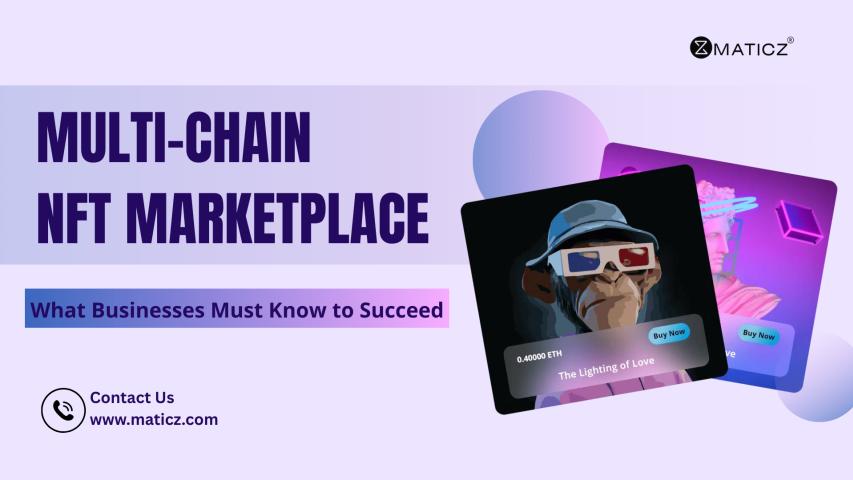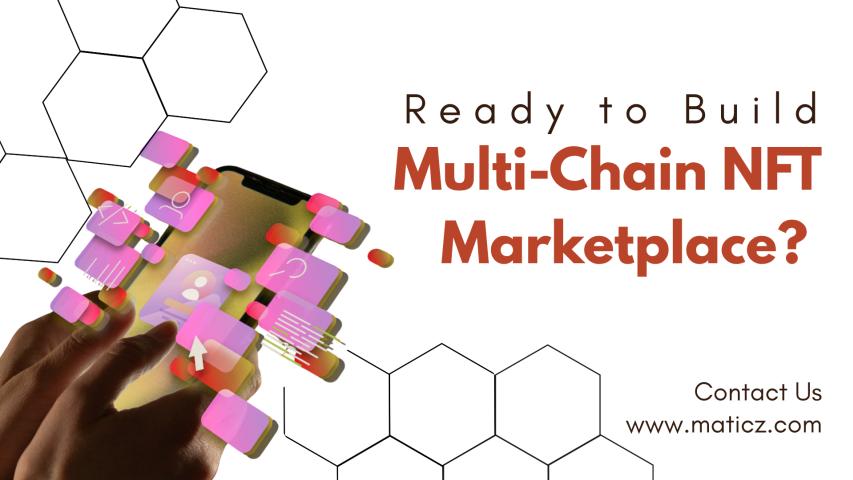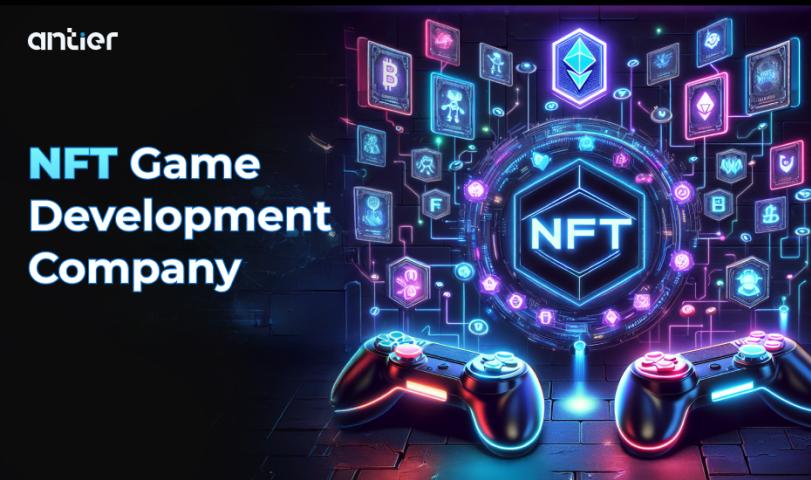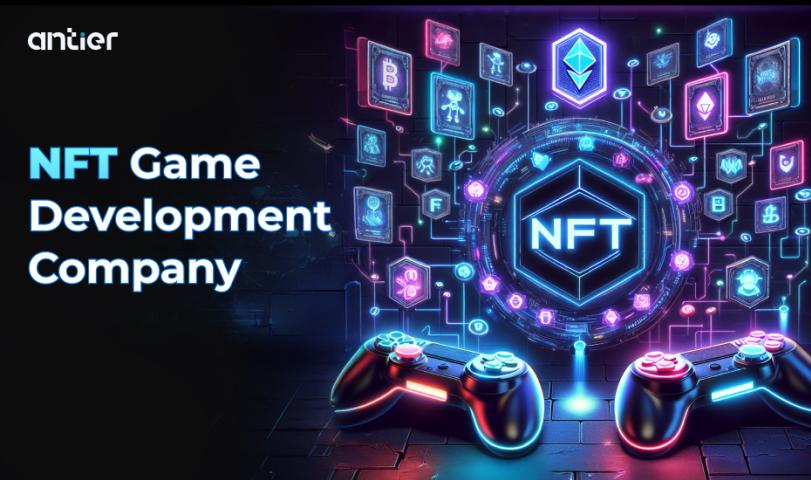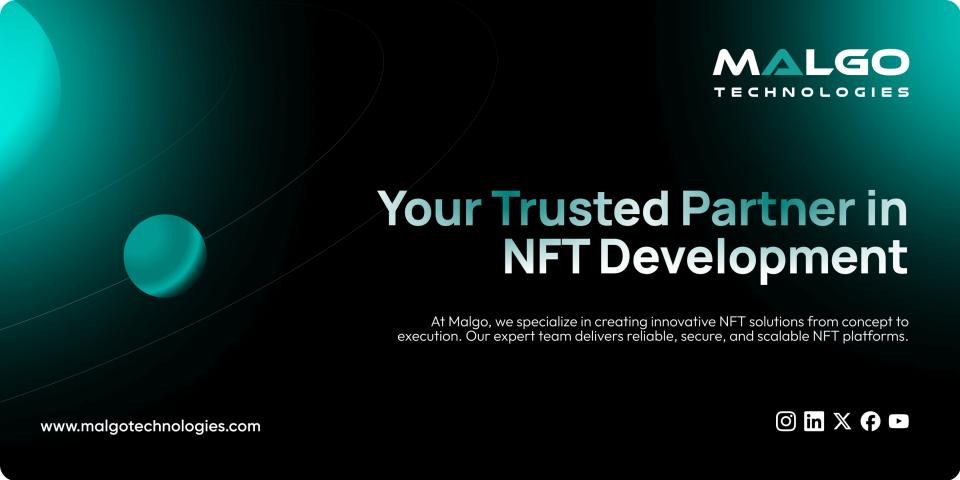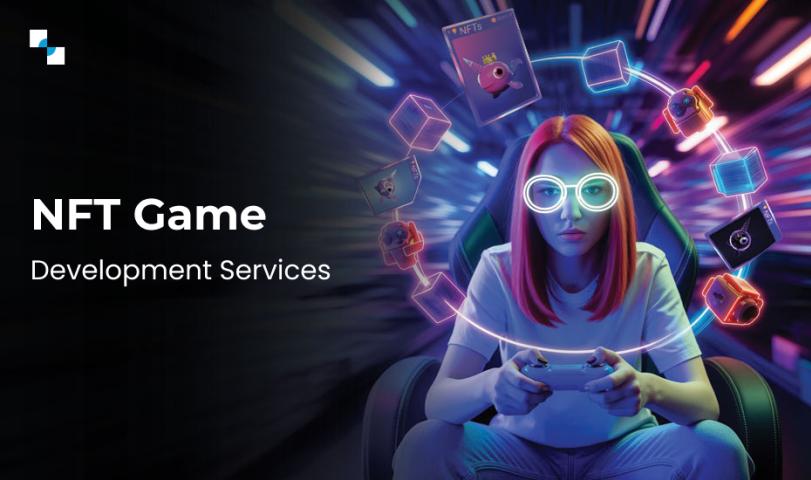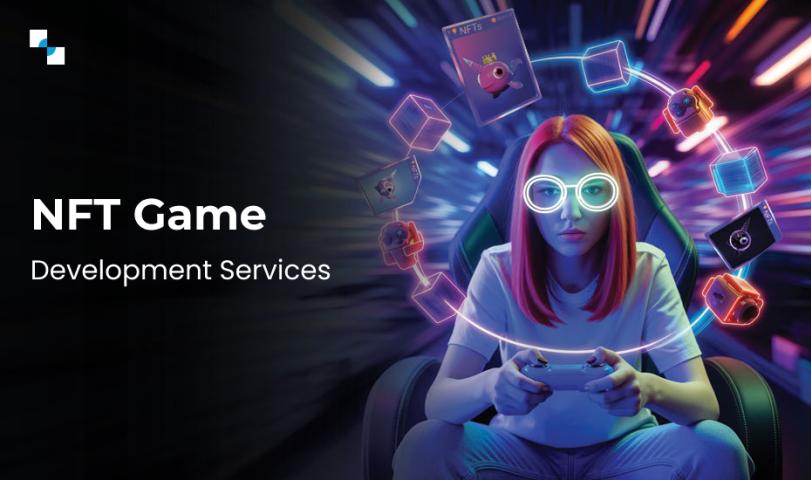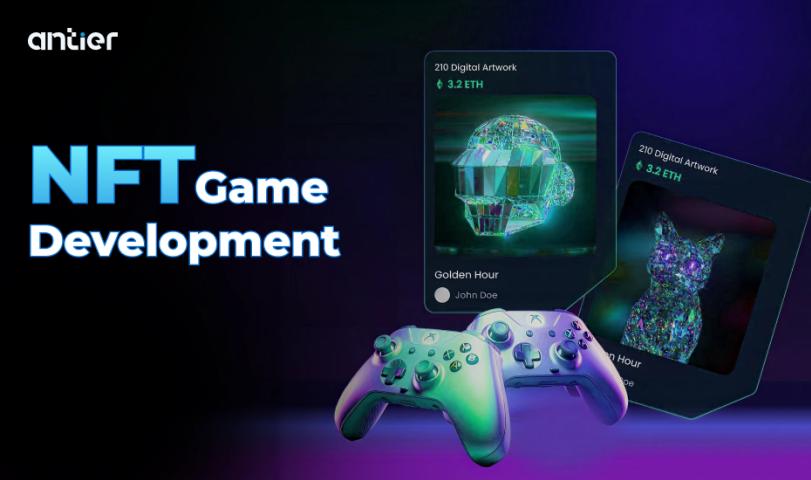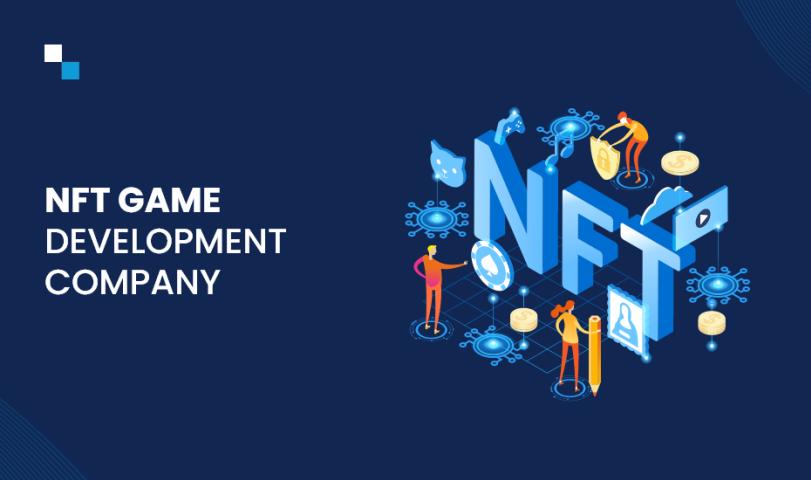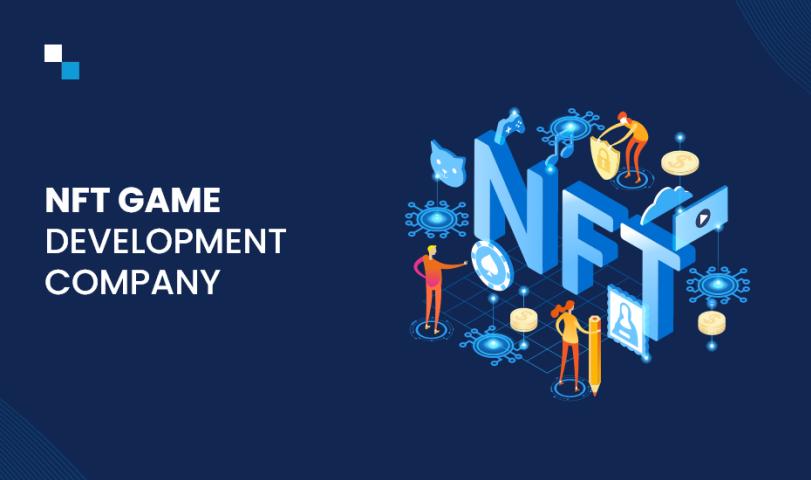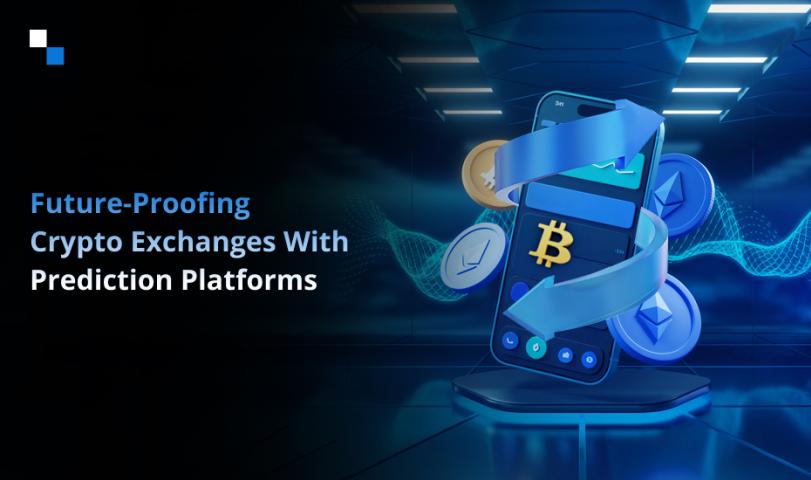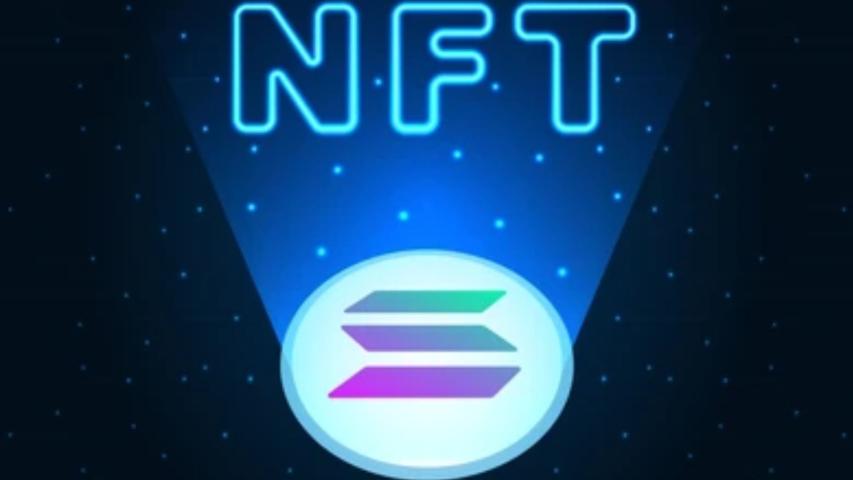Picture this: you’re a business owner looking to reduce your environmental impact. You’ve heard about carbon credits and NFTs, but it all feels like tech jargon wrapped in eco-buzzwords. Let’s simplify it. Carbon credits are essentially "get out of jail free" cards for your emissions, letting you offset the pollution you create by funding green initiatives. Now, mix that with NFTs—the digital collectibles that have taken the internet by storm—and you’ve got a powerful tool for sustainability.
Why is this combo so important? Well, traditional carbon credit trading can be as murky as a foggy morning, with questions around legitimacy and transparency. But NFTs bring the clarity we’ve all been craving. They’re like digital receipts on steroids—immutable, verifiable, and accessible to anyone.
In this article, we’re diving headfirst into the world of Carbon Credits NFT Marketplaces. From how they work to why they matter, and even the nitty-gritty of developing one, we’ll cover it all. So, grab your coffee & let’s explore how tech is giving the planet a fighting chance!
What Are Carbon Credits?
Imagine if every ton of carbon dioxide you emitted had a price tag. That's the concept of carbon credits. These carbon credits are permits that represent one ton of carbon dioxide or equivalent greenhouse gases removed or reduced. Carbon Credits NFT Marketplace Company buys these credits to offset their emissions and fund renewable energy projects or reforestation initiatives. Essentially, it’s a system designed to incentivize businesses to reduce their environmental impact.
The Role of NFTs in Sustainability
Non-fungible tokens (NFTs) have revolutionized how we think about ownership and authenticity in the digital world. Now, apply that to carbon credits. NFTs tied to carbon credits ensure every credit is unique, traceable, and tamper-proof. This innovation enables stakeholders to verify the legitimacy of their environmental contributions while promoting a culture of transparency in sustainability efforts.
The Need for Carbon Credits NFT Marketplaces
Bridging the Gap Between Technology and the Environment
Traditional carbon credit trading often lacks transparency and accessibility. NFT marketplaces leverage blockchain to create a secure, transparent NFT platform where carbon credits can be tokenized, making trading more efficient and trustworthy.
Encouraging Eco-Friendly Investments
By linking carbon credits with NFTs, these NFT marketplaces attract a broader audience, including tech-savvy investors and businesses committed to sustainability. This modern approach to trading environmental assets democratizes eco-friendly investments.
Key Features of a Carbon Credits NFT Marketplace
Tokenization of Carbon Credits
The heart of the NFT marketplace lies in its ability to tokenize carbon credits. Each credit becomes an NFT, representing a unique digital asset tied to a real-world environmental benefit.
Transparency and Security Through Blockchain
Blockchain technology ensures that all transactions are immutable and verifiable. This transparency eliminates fraudulent activities, ensuring that every carbon credit NFT is authentic.
Seamless User Interface for Buyers and Sellers
A user-friendly design is essential to attracting and retaining users. The NFT marketplace is accessible thanks to intuitive navigation, clear listing details, and streamlined payment processes.
Steps to Develop a Carbon Credits NFT Marketplace
Step 1: Identifying Your Target Audience
Reliable solutions allow direct trade between projects to reduce greenhouse gas emissions by determining the mechanism of carbon NFTs to offset. Understanding your target users is key. Are you catering to environmental organizations, corporate investors, or individual eco-conscious consumers?
Step 2: Choosing the Right Blockchain Platform
It is crucial to utilize state-of-the-art technology to select a blockchain platform that aligns with your goals. Ethereum, Binance Smart Chain, or Polygon could be good options based on scalability, energy efficiency, and costs.
Step 3: Incorporating Smart Contracts
Encrypted Smart contracts automate processes like minting NFTs, conducting transactions, and verifying ownership, ensuring a seamless experience.
Step 4: Designing an Intuitive Marketplace Interface
A well-designed interface can make or break user engagement. Ensure the layout is simple, visually appealing, and easy to navigate.
Step 5: Integrating Secure Payment Gateways
Secure Crypto payment gateway systems that support crypto and fiat currencies expand the marketplace's accessibility and trustworthiness.
Benefits of Developing a Carbon Credits NFT Marketplace
Promoting Environmental Sustainability
By streamlining carbon credit trading, these marketplaces promote eco-friendly practices on a global scale.
Offering Investment Opportunities
These carbon credits in the NFT marketplace open up new avenues for investors looking to combine profit with purpose, making sustainability a lucrative venture.
Enhancing Transparency in Carbon Credit Trading
Blockchain-based Carbon credit NFT marketplaces leave no room for ambiguity, ensuring all credits are traceable and verifiable.
Challenges in Building a Carbon Credits NFT Marketplace
Regulatory and Compliance Issues
Navigating varying environmental and financial regulations across regions can be complex.
Technological Complexities
Building an NFT marketplace with carbon credits requires advanced technical expertise, from blockchain integration to smart contract development.
Building User Trust
Convincing users of the legitimacy and value of carbon credit NFTs can be a hurdle, requiring robust marketing and education efforts.
Choosing the Right Carbon Credits NFT Marketplace Development Company
Expertise in Blockchain Technology
The Carbon credit NFT marketplace development company you choose should have a proven track record in blockchain development and NFT solutions.
Understanding of Carbon Credit Markets
A deep understanding of the carbon credit ecosystem ensures your Carbon credit NFT marketplace aligns with environmental goals and compliance standards.
Proven Track Record in NFT Marketplace Development
Experience in successful NFT Marketplace development is crucial to ensure a seamless development process for the Carbon credit NFT.
Cost of Developing a Carbon Credits NFT Marketplace
Factors Influencing the Development Cost
Carbon Credits NFT Marketplace development Costs depend on factors like the chosen blockchain, features, complexity, and development timeline.
Balancing Quality with Affordability
Investing in quality ensures a secure, efficient, and user-friendly Carbon Credits NFT marketplace, yielding long-term returns.
Future Trends in Carbon Credits NFT Marketplaces
Increased Adoption of Blockchain for Sustainability
As blockchain becomes mainstream, its use in environmental initiatives like carbon credit NFTs will only grow.
Integration of AI and Machine Learning
AI-driven insights could optimize trading patterns and predict market trends, making carbon credit trading even more efficient.
Conclusion
Carbon credits NFT marketplaces represent a transformative fusion of technology and environmental stewardship. By partnering with a Carbon credits NFT marketplace development company to tokenize the carbon credits, these marketplaces not only streamline trading but also promote global sustainability. As the world becomes more eco-conscious, these marketplaces stand at the forefront of a greener future.
FAQs
What is a Carbon Credits NFT Marketplace?
A Carbon Credits NFT Marketplace that combines blockchain and NFTs to trade tokenized carbon credits, promoting transparency and sustainability.
How Do NFTs Promote Environmental Sustainability?
NFTs ensure carbon credits are verifiable and traceable, preventing fraud and encouraging genuine eco-friendly investments.
What are the challenges in developing such a carbon credit NFT marketplace?
Carbon Credits NFT Marketplace development challenges include regulatory compliance, technological integration, and building user trust.
How Much Does It Cost to Develop a Carbon Credits NFT Marketplace?
The Carbon Credits NFT Marketplace development cost varies based on features, blockchain choice, and development complexity but typically ranges from $50,000 to $250,000.
Can Small Businesses Benefit from These Marketplaces?
Absolutely! Small businesses can trade carbon credits to offset emissions, enhance their eco-friendly image, and attract sustainability-focused customers.
